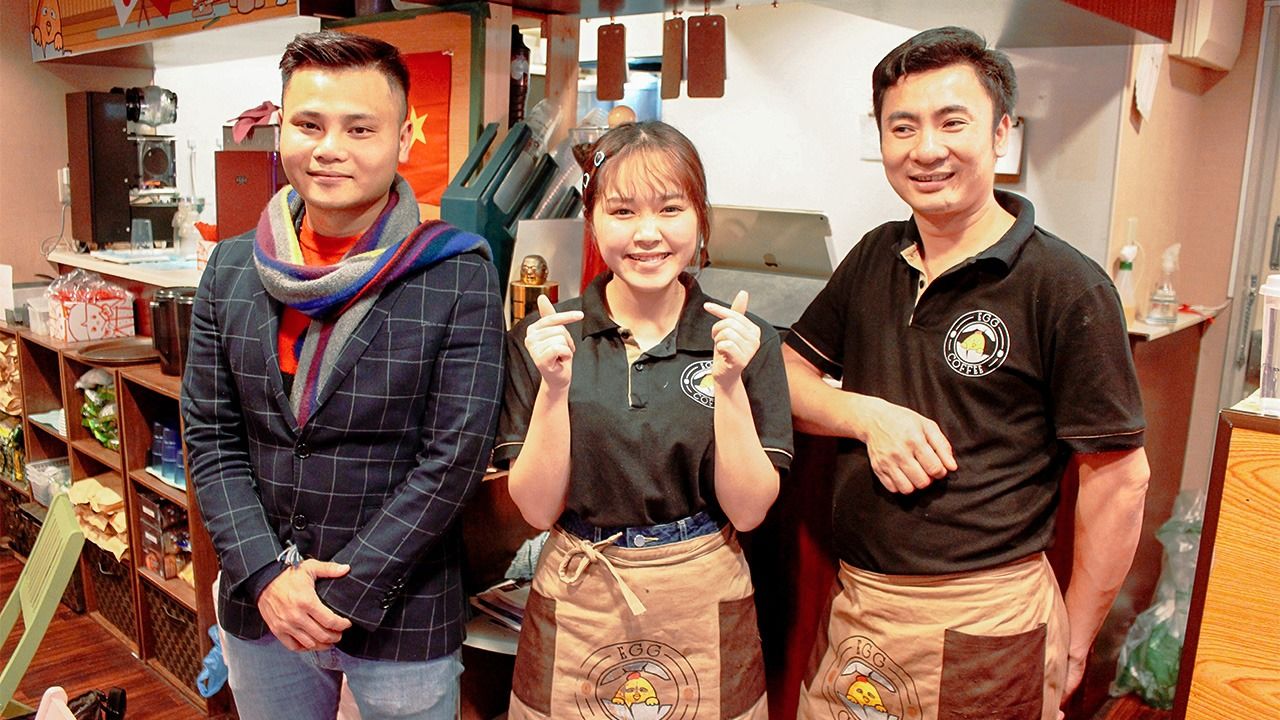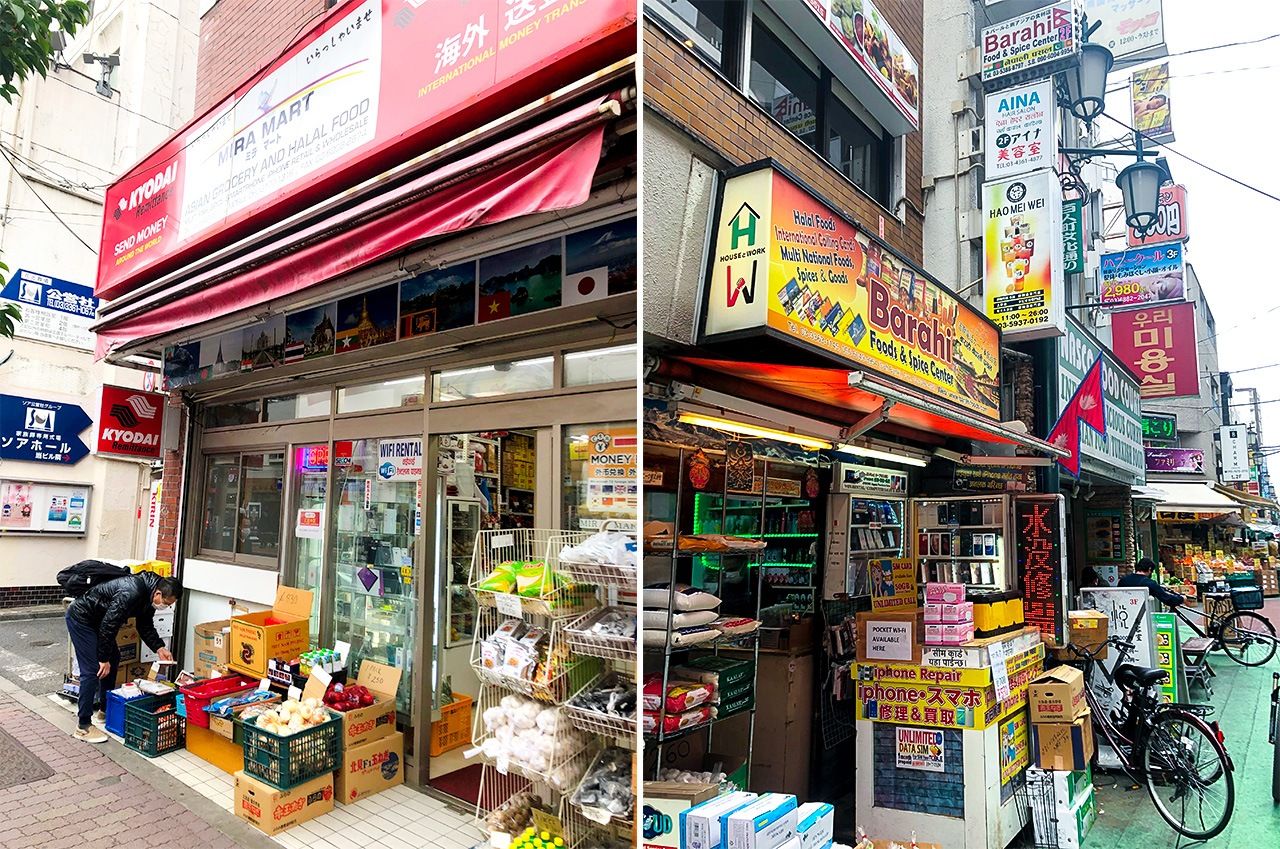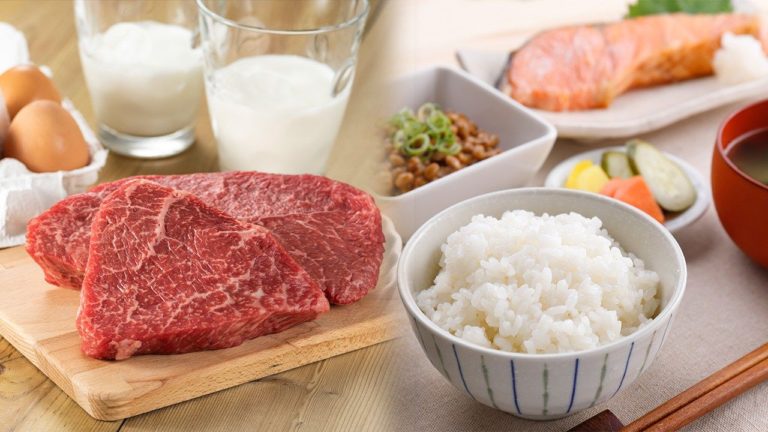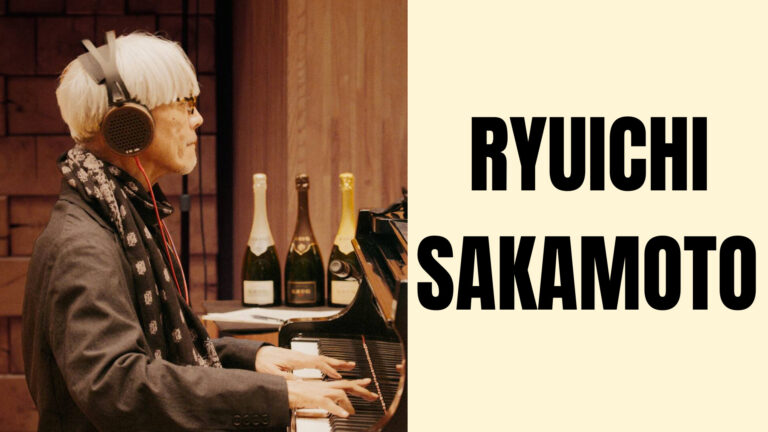
Japan’s “Asia Town”
1. Returning to Japan after 10 years living and traveling in mainland Asia, the country no longer looked the same. During my time away from home, the foreign population had exploded, the outcome of government measures to offset demographically driven labor shortages with workers from overseas. Nearly every place I went—convenience stores, restaurants, supermarkets—had foreigners on staff.
2. This development, although somewhat surprising at first, piqued my interest as a former expat. Living in Thailand, I had been part of a thriving Japanese community of some 70,000 residents, a population sufficiently large enough to support me in eking out a living as an editor and writer for a local Japanese-language information magazine. Back on my native soil, I was curious to see how the diverse foreign residents, particularly from countries around mainland Asia, were building their own ethnic enclaves in Japan.
3. I started walking around the different multicultural neighborhoods that dot the Tokyo metropolitan landscape, places like Takadanobaba, where there is a Myanmarese enclave, and Nishikasai with its community of Indian expats, many of whom work in the IT industry. I also visited little Thailand in Hachiōji in western Tokyo, which boasts its own Thai Buddhist temple, and the new Chinatown around Nishi-Kawaguchi Station in Saitama Prefecture.
4. I spoke with people about where they found ingredients for dishes from home, the restaurants and cafés they hung out with friends at, and the Japanese schools they attended. As I did, one name continued to pop up: Shin-Ōkubo. Intrigued, I decided to take a look.
5. The Shinjuku neighborhood is best known for its booming Koreatown. But this, I discovered, is only part of the story. There, setting alongside the numerous Korean eateries and gift shops, I found a tantalizing array of stores and restaurants catering to inhabitants from all across Asia. The Shin-Ōkubo I had known from my younger days had transformed into a bustling international enclave.

6. Touring the neighborhood, I was entranced by the kaleidoscope of sights, sounds, and smells. On one street a middle-aged man sporting a white skullcap worn by Muslims hummed a tune as he sailed by on his bicycle; on another lane I was assailed by the fragrant odor of spices and distinctive sounds of an Indian pop song. Here and there I spotted groups of young Vietnamese, presumably students, chatting cheerfully.



